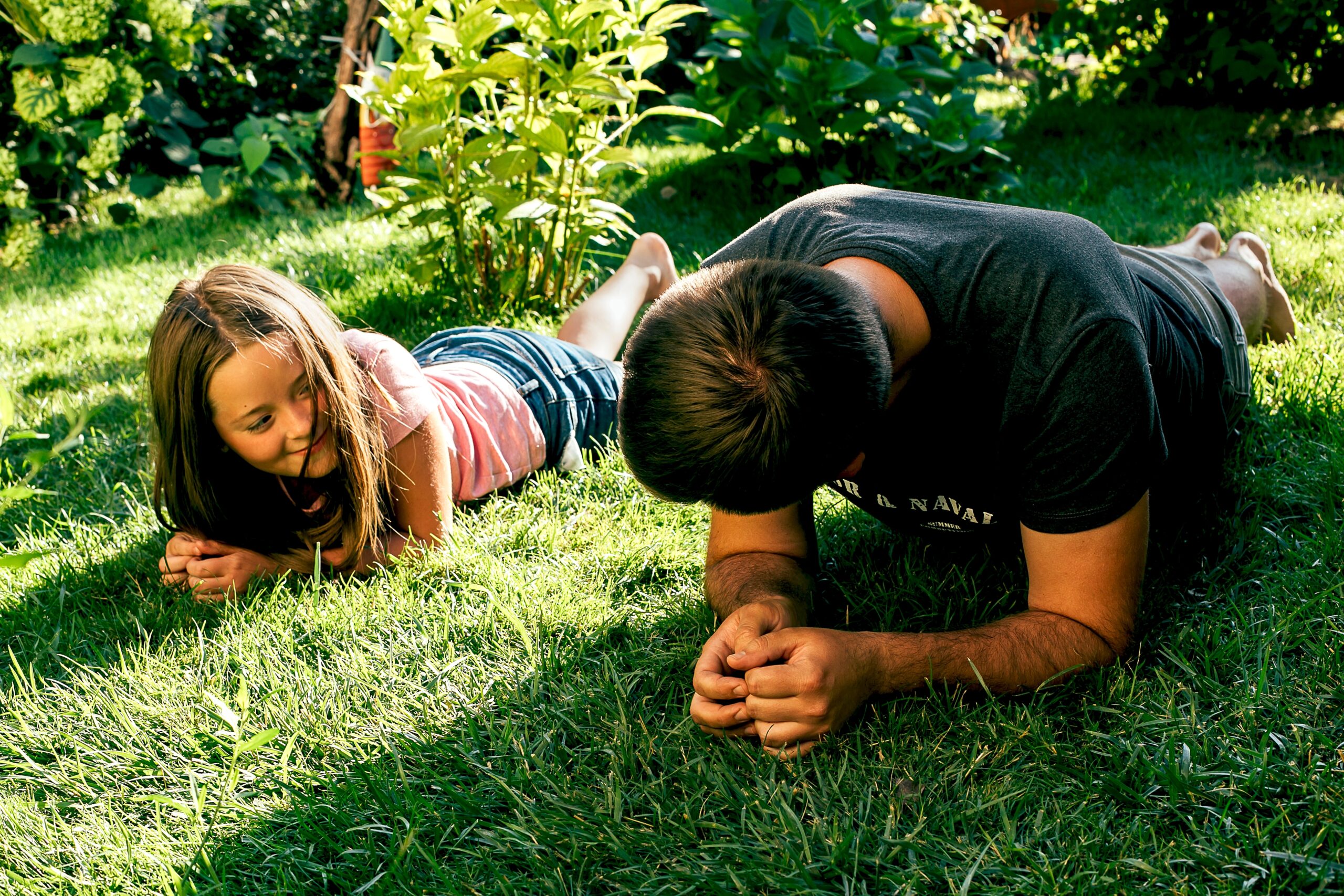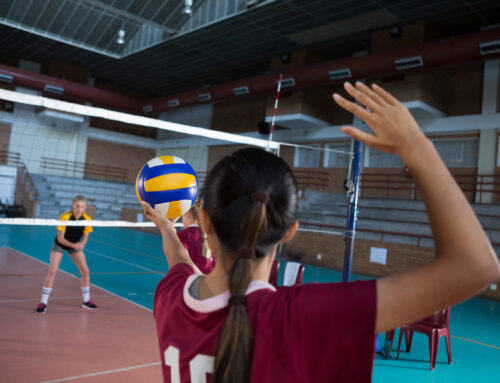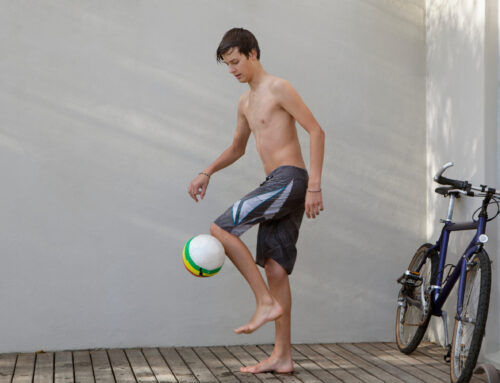In an age of increasing concern about sedentary lifestyles and rising obesity rates among both children and adults, the question of whether fit kids become fit adults holds a significant place in discussions about public health and well-being. While genetics and environmental factors play roles in determining an individual’s health trajectory, the habits and behaviors established during childhood can greatly influence lifelong fitness. This article delves into the complex interplay between childhood fitness and adult health, shedding light on the factors that contribute to this connection.
The Foundation of Habits: Childhood
Childhood is often considered the formative period during which behaviors, routines, and preferences are established. Physical activity is no exception. Active children tend to develop a positive relationship with exercise and outdoor play, fostering habits that can translate into a lifelong commitment to staying fit. Engaging in various physical activities during childhood not only aids in the development of motor skills but also promotes cardiovascular health, muscle development, and bone strength.
Parents, educators, and communities play pivotal roles in shaping children’s attitudes toward physical activity. A home environment that prioritizes active play, encourages participation in sports, and limits screen time is more likely to produce children who grow up to be active adults. Furthermore, schools that incorporate physical education into their curriculum help instill the importance of exercise from an early age. These experiences lay the groundwork for a healthier lifestyle in adulthood.
The Transition to Adulthood
Transitioning from childhood to adulthood presents both challenges and opportunities for maintaining fitness levels. As individuals enter adolescence and young adulthood, factors such as academic pressures, work commitments, and social engagements can shift their priorities. In many cases, a decline in physical activity is observed during this phase. However, those with a strong foundation of fitness from childhood may find it easier to incorporate exercise into their busy schedules.
The habits formed during childhood can serve as an anchor during these transitional periods. Adults who were active as kids may have a higher likelihood of seeking out physical activities as a means of stress relief, weight management, and overall well-being. Moreover, the positive associations with exercise established in childhood can shape an individual’s perception of physical activity, making it a more enjoyable and sustainable part of their lives.
Genetics vs. Environment
While genetics certainly play a role in an individual’s predisposition to certain health conditions and their baseline fitness level, the environment in which a person grows up and lives plays an equally significant role. Genetics can set the stage, but lifestyle factors such as diet, exercise, and overall health behaviors can either amplify or mitigate genetic predispositions. This is particularly relevant to the question of whether fit kids become fit adults.
Children who are genetically predisposed to higher body weights or health conditions like diabetes might be more vulnerable to the negative effects of a sedentary lifestyle and poor dietary habits. However, early interventions, such as encouraging physical activity and a balanced diet, can significantly impact the trajectory of their health. Fit kids who become adults with a conscious awareness of their genetic makeup can make proactive choices to counteract potential health risks.
Societal Factors and Interventions
While individual choices and behaviors are crucial, societal factors also play a substantial role in shaping the connection between childhood fitness and adult health. Access to safe recreational spaces, sports facilities, and affordable nutritious foods can greatly influence an individual’s ability to maintain their fitness journey from childhood into adulthood. Unfortunately, disparities in these factors can perpetuate cycles of inactivity and poor health, particularly in marginalized communities.
To bridge this gap, public health initiatives, school programs, and community efforts are vital. Governments and organizations can work together to create environments that encourage physical activity, provide nutritional education, and ensure equitable access to resources. By addressing the systemic barriers that hinder fitness opportunities, society can increase the likelihood that fit kids will become fit adults across all demographics.
In Conclusion
While genetics and environmental factors both contribute to an individual’s health trajectory, the habits established during childhood can significantly influence whether fit kids become fit adults. The foundation of positive attitudes toward physical activity, learned during childhood, can serve as a guide for making healthy choices throughout life. By recognizing the importance of early interventions, fostering supportive environments, and promoting societal efforts to eliminate disparities, we can increase the likelihood of a healthier and more active adult population. Ultimately, the journey from fit kid to fit adult is a complex interplay between personal choices, family influence, environmental factors, and societal support.




